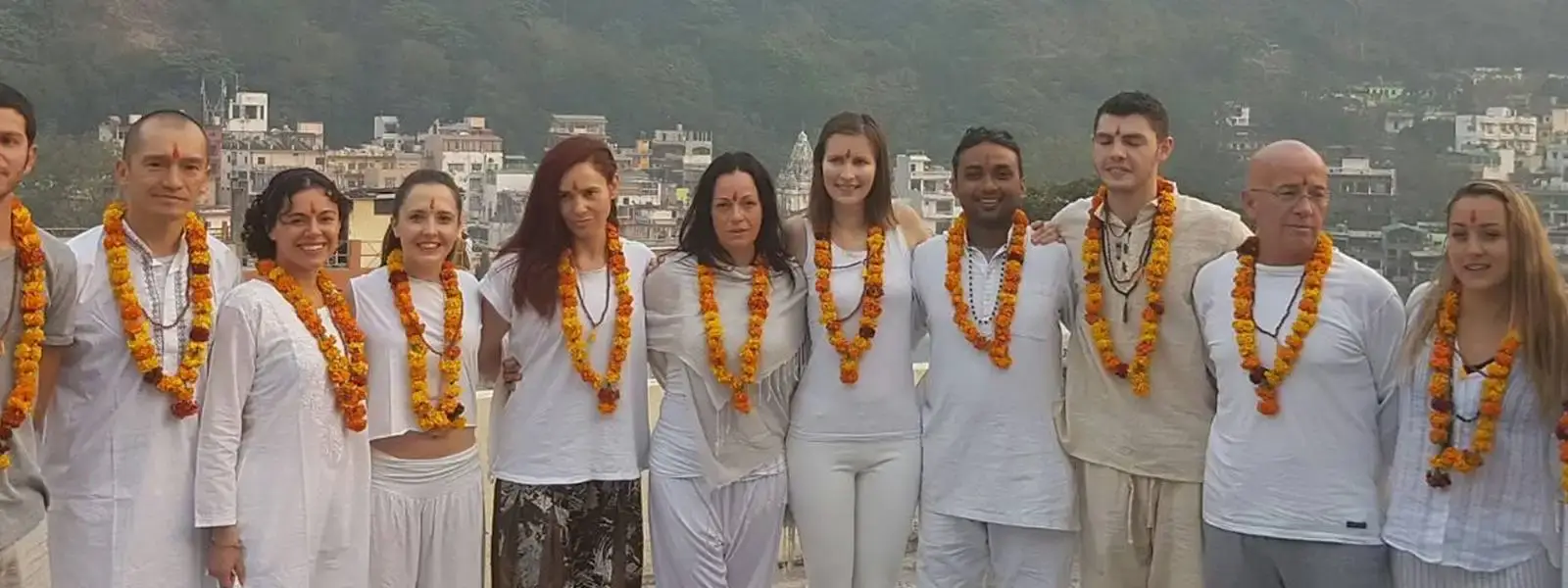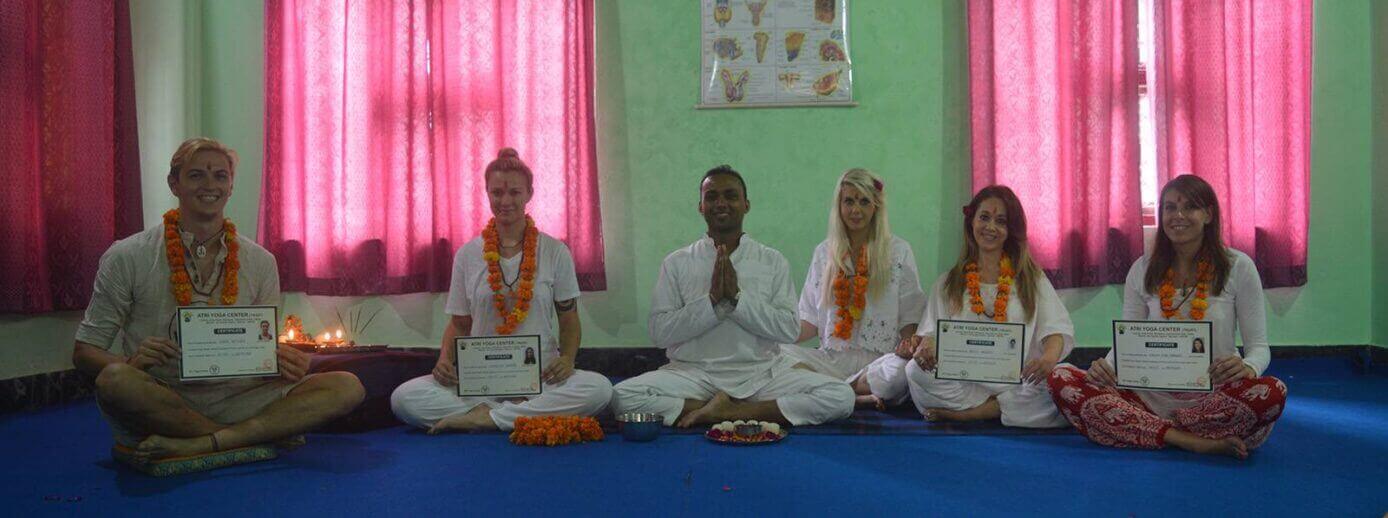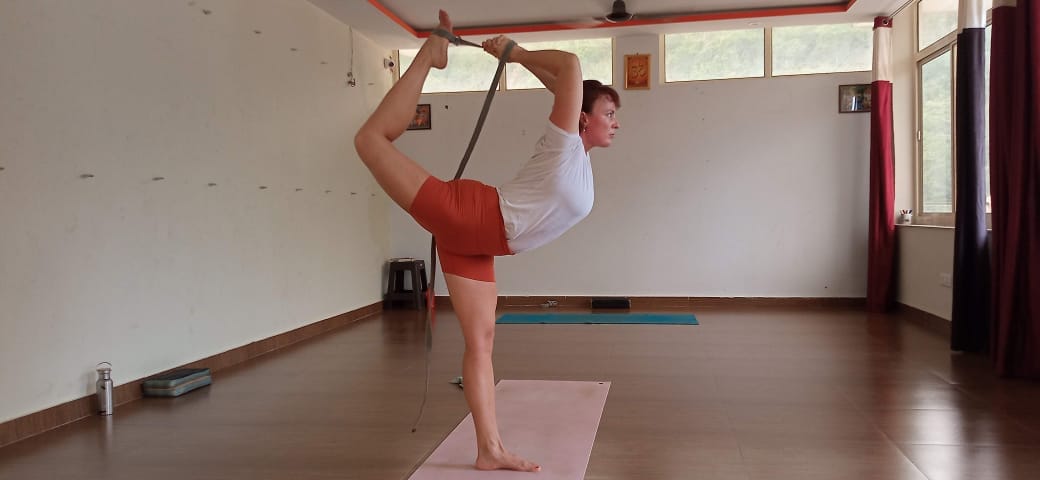Breathing exercise ( Pranayama ) is often taken for granted as it happens naturally without thinking about it, but in Yoga it is considered as the most vital aspect. Yoga, though often seen as a physical practice, is deeply rooted in something far more subtle yet powerful—the breath. In the yogic tradition, this is known as Pranayama, the art of conscious breathing.
When you are a casual learner or seeking to become a trained practitioner 500 hour yoga teacher training in Rishikesh, understanding and mastering Pranayama can profoundly transform your yoga journey. Let’s dive deep and explore how breathing exercise becomes a bridge and creates connection between your mind, body and spirit and why it is more than just am inhale and exhale.
What Is Pranayama?
In a 500 hour yoga teacher training in Rishikesh the word pranayama is derived from combining two Sanskrit word Prana which means life force or the energy which gives human existence and Ayama means extension or control hence Pranayama literally means extension of life force through breath control.
In yoga Pranayama is not just a breathing technique but it’s a practice how to regulate your breath so as to influence the flow of energy in the body. Most beginners focus on asanas but in reality once you go deeper like -in a 500 hour yoga teacher training in Rishikesh—you realize how central breathing is the core of all.
The Missing Link in Modern Yoga Practice
In today’s modern world individual see yoga as a practice to stretch the body parts so as to gain flexibility. While these are great benefits, they represent just the surface. What often being ignored in modern classes is the power of breath.
Without mindful breathing, yoga postures can become mere physical exercises. But when Pranayama is integrated, each pose becomes a meditation in motion. Breath gives life to movement. It anchors attention. It calms the nervous system. It helps us tap into the deeper layers of yoga—the ones that truly transform us.
Why Pranayama Is Essential in Yoga
Here’s how breathing technique enhances and improve every layer of yoga practice.
· Improves Focus and Presence: One of the first things students learn in a 500 hour yoga teacher training in Rishikesh is to keep a close watch on their breath. This simple act enables you to live in present moment. When you are focussed on your breath you are not worried about your past or future but try to focus more living in your present. You’re here, now, fully engaged with your body and the practice.
· Enhances Physical Performance: Breath is a fuel as oxygen supports every cell in your body and ensures that every muscles get adequate amount of energy required. When you sync breath with movement—say, inhaling as you raise your arms or exhaling as you fold forward—you create a rhythm that supports smoother, more controlled transitions.
Advanced practitioners, especially those undergoing 500 hour yoga teacher training in Rishikesh, often notice that their physical endurance improves drastically once they deepen their Pranayama practice.
· Soothes the Nervous System: In our hectic life stress is the companion. Deep, controlled breathing activates the parasympathetic nervous system, often referred to as the “rest and digest” system. This helps reduce anxiety, lower blood pressure, and release tension from the body.
Through regular Pranayama, you’re essentially rewiring your nervous system to be more resilient and less reactive. This has a spillover effect in your yoga practice—and your life.
· Deepens Meditation and Inner Awareness: Breath is the gateway to meditation. Before sitting to practice the Pranayam it is quite important to put a hindrance on unusual thinking which creates blockage on your entire nervous system. By focusing on your breathing patterns, you draw attention inward, which prepares your mind for deeper meditative states.
This is why in any 500 hour yoga teacher training in Rishikesh, Pranayama is taught alongside meditation techniques—because they go hand-in-hand.
· Detoxifies the Body: Breathing is most primary way releasing toxins from your body. Pranayama, especially techniques like Kapalabhati (Skull-Shining Breath) and Bhastrika (Bellows Breath), stimulates the internal organs and supports detoxification.
Types of Pranayama That Enhance Yoga
There are many different styles of Pranayama, each offering unique benefits. Here are some that can significantly enhance your yoga sessions:
· Nadi Shodhana: Balances the left and right sides of the brain, calming the mind and preparing you for meditation. Great before or after a yoga session.
· Kapalabhati: A powerful detoxifying breath that energizes the body. Often used before asana practice to awaken energy and clear mental fog.
· Bhramari: A calming, humming breath that soothes the mind and helps reduce anxiety. Ideal before sleep or to ground yourself after intense practice.
Each of these Pranayama techniques is taught in depth during the 500 hour yoga teacher training in Rishikesh, giving students both the theory and practical experience needed to integrate them into their teaching and personal practice.
Why Rishikesh is the Ideal Place to Learn Pranayama
Rishikesh known as the Yoga Capital of the world, offer a unique blend of ancient philosophy and modern techniques. When you undertake a 500 hour yoga teacher training in Rishikesh, you’re not just learning techniques. You’re immersing yourself in a yogic lifestyle, waking up with the sun, practicing in nature, eating sattvic food, and absorbing the sacred vibrations of the land. This immersion allows for a much deeper understanding and experience of Pranayama than any online or casual course could offer.
Tips to Start Your Pranayama Journey
Ready to bring more breath into your yoga? Here are a few beginner-friendly tips:
- Start Small: Begin with 5–10 minutes of simple techniques like Nadi Shodhana.
- Consistency Over Intensity: A daily 10-minute practice is better than a once-a-week hour-long session.
- Practice on an Empty Stomach: Early morning is ideal, but anytime with an empty belly works.
- Use Guidance: Find a certified yoga teacher or enroll in a structured program like a 500 hour yoga teacher training in Rishikesh for safe and personalized instruction.
- Listen to Your Body: If you feel dizzy or uncomfortable, stop and return to natural breathing.
Final Thoughts
Your breath is always with you, yet most of us go through life barely noticing it. But once you start paying attention—truly tuning in—it becomes your most powerful ally in deepening your yoga practice.
Whether you’re a beginner or exploring advanced training like the 500 hour yoga teacher training in Rishikesh, incorporating Pranayama can elevate your practice from the physical to the profoundly spiritual. The breath becomes the thread that connects every pose, every intention, every moment on the mat.
So next time you step into your yoga space, pause. Breathe. And let that breath guide you—not just through your practice, but through your life.




